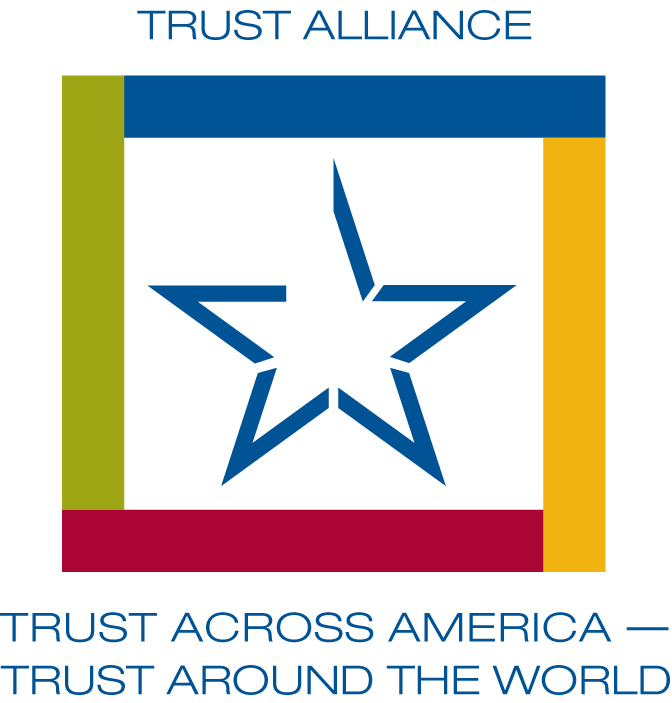 Do you work on a team where both leaders and colleagues hide their true intentions?
Do you work on a team where both leaders and colleagues hide their true intentions?
The outcome of hidden agendas is distrust and inertia, as goals become guesswork and the fear of making a mistake increases.
Last week, as part of our Zoom Lunch & Learn members of our Trust Alliance convened to discuss the topic of team trust, transparency & hidden agendas. We addressed four questions during the hour:
- How do you define the role of transparency in the context of a team? (We define it as follows: We reject hidden agendas. We are transparent wherever and whenever possible.)
- What causes hidden agendas?
- How can transparency be elevated within a team?
- Why is transparency frequently cited as the main cause of low trust, even though it is not?
What did our Trust Alliance members have to say about Question #3? How can transparency be elevated within a team?
The following were some of the key take aways:
- Both leadership and team transparency “rules” must be clear with no ambiguity.
- Lack of rules around transparency creates a lack of respect, often leading to either acquiescence or a challenge to decision making.
- Heightened transparency keeps team members more honest, efficient, innovative and collaborative.
- Have a policy of openness (not to be confused with transparency.) Always share as much as you can.
- Avoid lumping other trust busting behaviors into the transparency category. Know how to identify them and address them separately.
- Uncomfortable conversations are okay. People are resilient and able to absorb negative news.
- Elevating interpersonal skills like listening enhances transparency.
- Complaints and their resolutions should be shared with employees.
- Cowardice in some industries allows leaders to hide behind regulations as an excuse for lack of transparency.
- Addressing transparency issues in family businesses requires a different skill set.
A final comment:
While courageous and empowered cultures have fewer transparency challenges, transparency alone won’t get a team to the trust “finish line.” In fact, transparency is only 1 of 12 behaviors that elevate trust in teams and organizations. And in the many organizations we have surveyed, transparency is not the #1 cause of low trust. To find out what is, spend 1 minute answering this question and see the results from over 500 respondents.


No Responses to “Elevating Team Transparency Builds Trust”